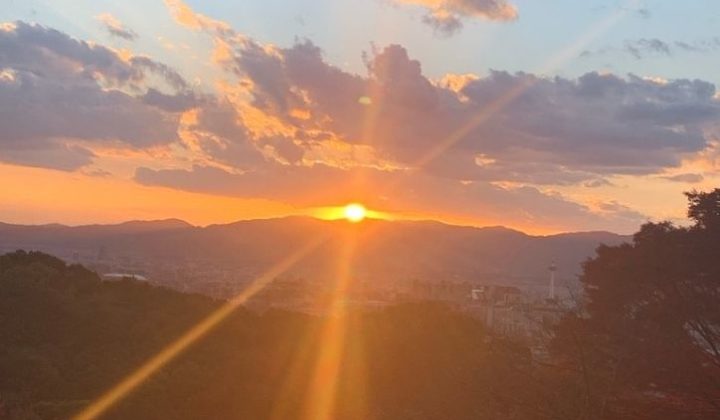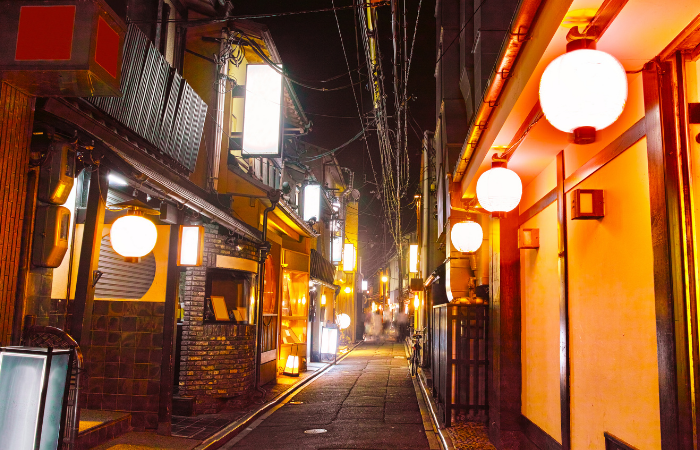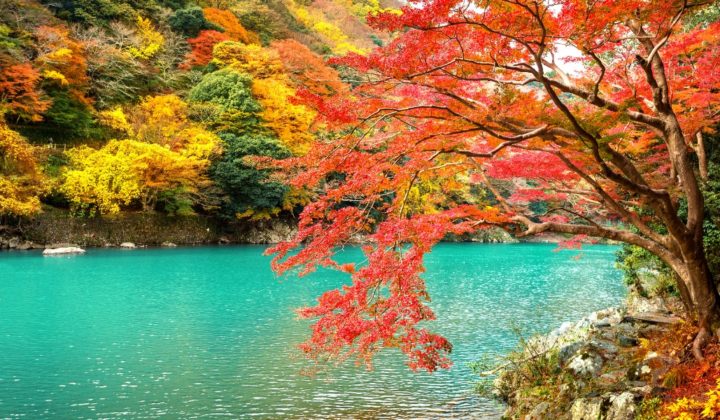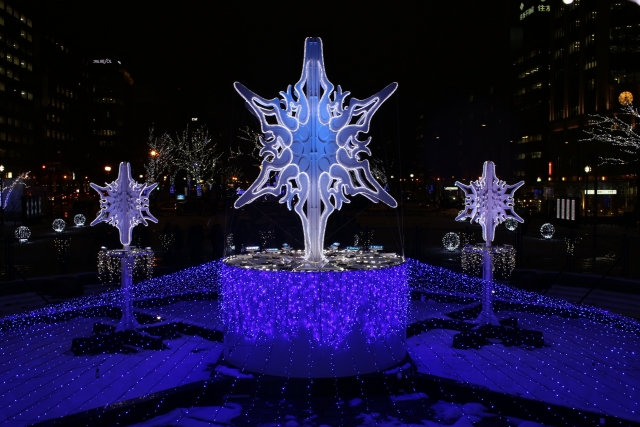Designed by contemporary artist Hiroshi Sugimoto, Enoura Observatory is the perfect day trip from Tokyo, just a few hours on the train from Shinjuku.
What Is Enoura Observatory
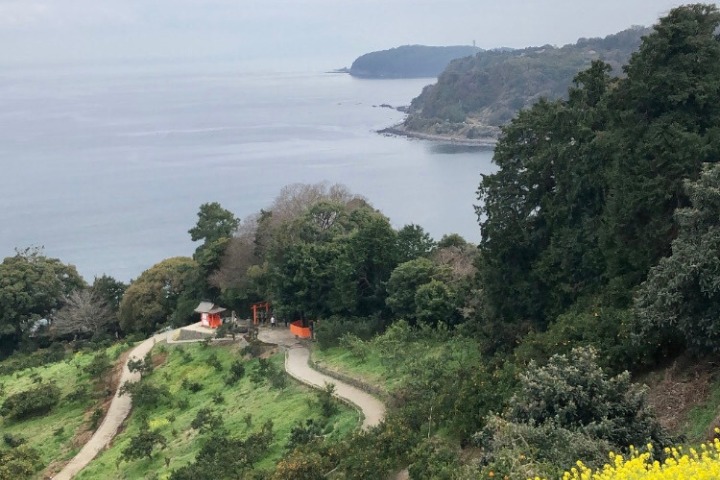
Photo credit: Author
The observatory, opened to the public in October 2017 is an open-air museum situated among former mandarin orange groves in the mountains near Hakone, with multiple art installations, sculptures, and an observation deck on the nearby bay.
The complex is part of the Odawara Art Foundation, established by Sugimoto himself in 2009 to foster the advancement of Japanese culture while adopting an international perspective,
The observatory’s purpose is also to closely cooperate with Odawara municipal government to advance art and culture and revitalise the local community.
Plan Your Visit to Enoura Observatory
From central Tokyo, hop on the Odakyu line rapid express train from Shinjuku to Odawara, then change to JR local line to Atami and get off at Nebukawa station. The ride on the rapid express takes around 1 hour and 40 minutes.
You will need to reserve a ticket to visit Enoura Observatory. Morning admission is from 10 AM to 1 PM, and afternoon admission is from 1.30 to 4 PM.
Visit the website, select your method of transportation, and reserve a ticket accordingly: note that you cannot buy the ticket itself without selecting your means of transportation. The most convenient way to get there from Nebukawa station is to hop on the complimentary shuttle bus waiting outside the JR station, which will take you to the observatory in 10 minutes. If bus tickets are unavailable, you can go by taxi (around 2,000 yen) or reserve a parking spot if you drive.
If the online tickets are sold out, you can always try calling on the same day you would like to visit: a limited number of walk-up tickets are available daily.
The ticket costs 3,300 yen when booked online (3,800 for walk-up tickets) and includes a booklet in both Japanese and English with detailed explanations of each structure.
What Is the Concept Behind the Enoura Observatory?
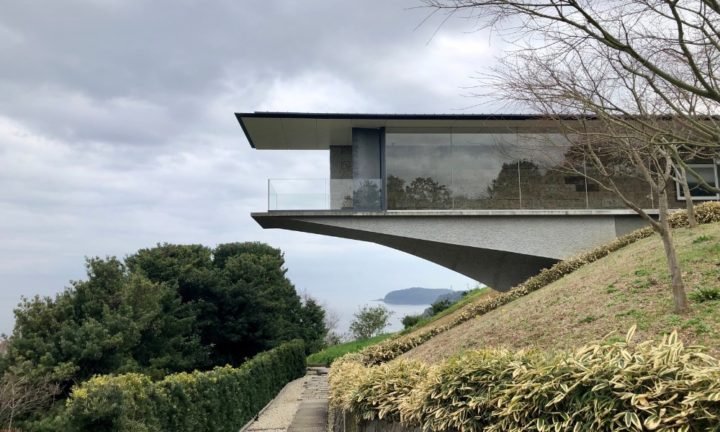
Photo credit: Author
The large complex extends over two main areas, connected by the “mikan street” that goes through mikan (mandarin) groves. It takes around 2 hours to explore and enjoy the site fully.
This open-air museum includes a central 100-meter-long building used as a gallery to expose Sugimoto’s photography, two stages (a stone stage and an optical glass stage), a tea house, a bamboo forest, and a myriad of sculptures and art installations. Each one incorporates traditional Japanese architectonical and historical elements in the structure, function, or materials to guide the visitor through a journey into Japan’s architectural history.
Sugimoto’s mission is to revive traditional building methods that are progressively lost in contemporary society while conjugating them with the natural context of Sagami Bay. Many elements, such as the tea house or the garden, reference different periods of Japanese history.
The building that got my attention the most was the optical glass stage with amphitheatre seating and the winter solstice light worship tunnel.
The optical glass stage sits on a framework made of hinoki cypress, featuring the kakezukuri framework used in Kiyomizudera temple in Kyoto. Because the stage itself is made of optical glass, when the visitor sits in front of the amphitheatre, the stage appears to be floating on the sea’s surface.
On the morning of the winter solstice, the sun rises from the bay, and the light filters through this 70-meter-long “winter solstice light worship tunnel” to illuminate a stone on the opposite side. Despite being surrounded by nature and immersed in an outdoor experience, walking through this dark tunnel was a very peculiar and self-reflective experience.
If you cannot make it for winter solstice, spring is also a great time to visit. The sakura promenade is fully framed with cherry blossom trees enhancing the ambience in a show of beautifully Japanese scenery.
Don’t Miss Enoura Observatory this Spring
I found the Enoura Observatory fascinating and almost spiritual. It is a must-visit place we recommend to architecture lovers and anyone passionate about art, and the different means that can be used to express it.
Related Articles:
Why not travel to Sado Island, a hidden gem!
What to do in Niigata on your visit.



